Invisalign treatment has revolutionized the world of orthodontics.
If you’ve ever wondered how to achieve beautifully aligned teeth without traditional braces, Invisalign might just be perfect for you.
You can now get past the pain of braces and experience the happiness of almost invisible aligners.
74.7% of Canadians consulted a dental professional for an Invisalign treatment, and 91% of them say it’s worth it.
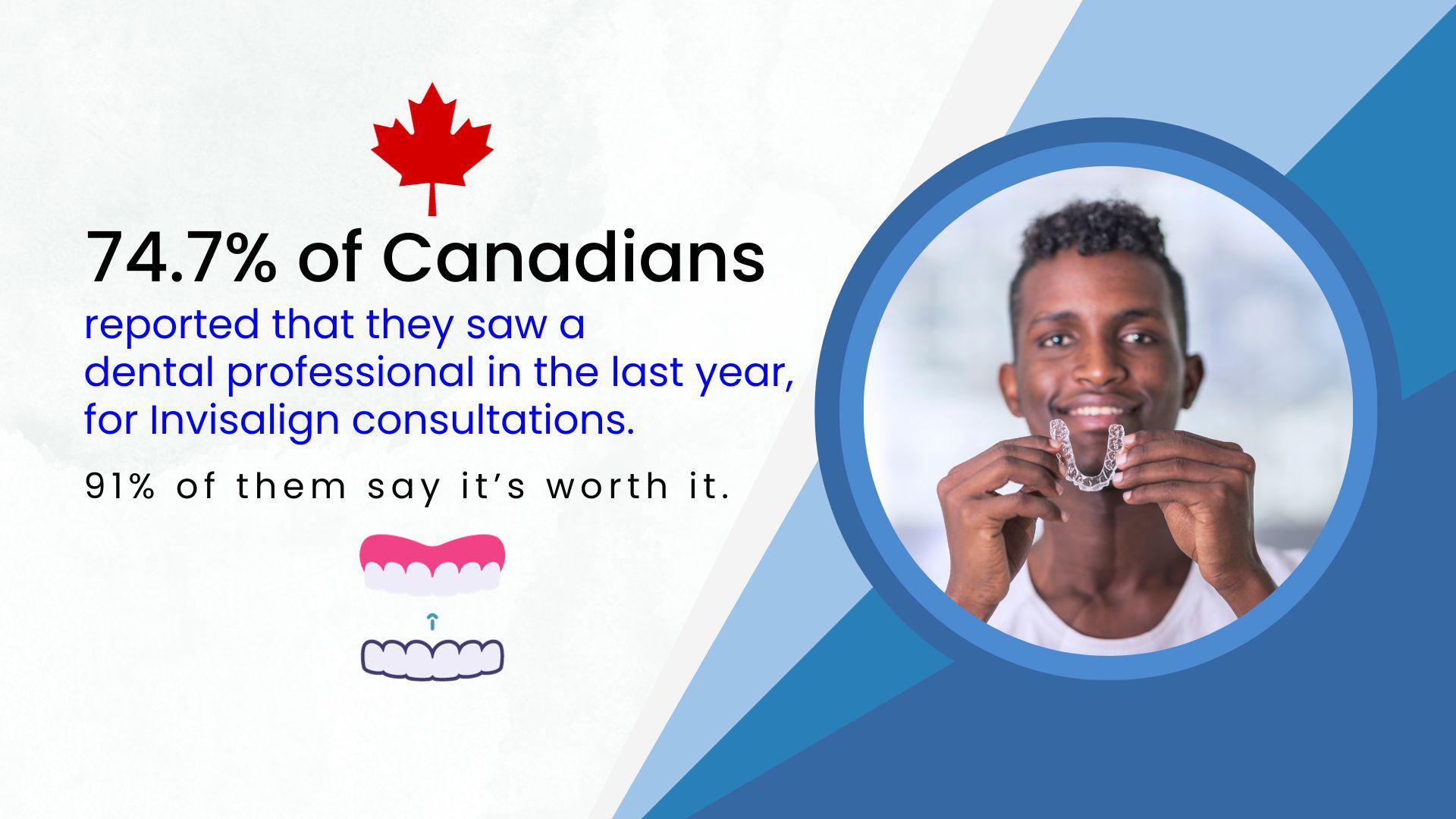
Here’s how Invisalign works
Invisalign treatment works by using a series of clear, custom-made aligners to gently shift your teeth into the desired position.
Each aligner is worn for about two weeks, gradually moving your teeth. It’s a nearly invisible and comfortable alternative to traditional braces, with personalized treatment plans for each patient.
This guide will dive deeper into Invisalign treatment, how it works to strengthen your teeth without the visible battle scars, the science behind Invisalign, and explore some tips to help you navigate this treatment.
What is Invisalign?
Invisalign is a cutting-edge method for straightening teeth.
It’s not a one-size-fits-all approach. Each treatment plan is like a tailored suit, designed specifically for your unique smile.
Invisalign has been transforming smiles for over two decades, so you’re in good hands.
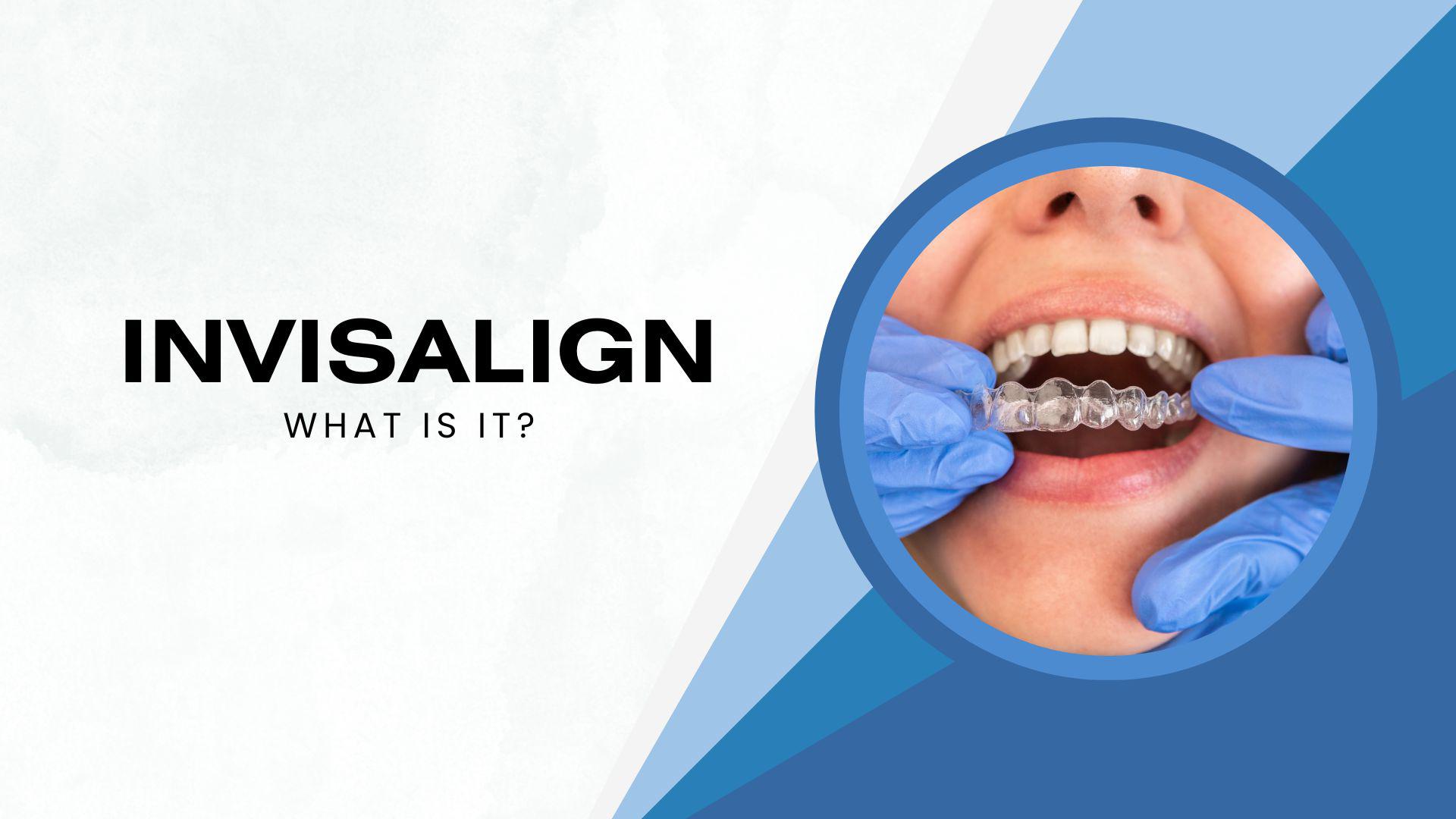
The Science Behind Invisalign: How Does it Work?
Invisalign employs cutting-edge 3D imaging and digital modeling to create a personalized treatment plan.
This technology allows orthodontists to map out the precise movements your teeth need to make for a perfect smile. It’s like having a GPS for your dental journey.
The digital precision of Invisalign aligners ensures efficient, gentle tooth movement, while the transparent appearance offers a discreet and comfortable experience.
Clinical studies show that Invisalign is effective in correcting a wide range of orthodontic issues, from mild to complex cases.
Patient satisfaction is high, with over 96% reporting positive results.
Invisalign’s success lies in its commitment to using science and technology to provide a reliable, comfortable, and nearly invisible solution for achieving beautiful, straight smiles.
The First Step: A Visit to the Orthodontist
The first step in an Invisalign treatment is visiting an orthodontist or dentist.
During this consultation, you’ll discuss your smile goals and any concerns you may have.
The orthodontist will examine your teeth and assess their alignment. They’ll inquire about your oral health history and your expectations for the treatment.
It’s essential to be open about any issues or fears related to the process.
This initial visit sets the stage for creating a customized treatment plan that addresses your unique needs and ensures a successful Invisalign experience.
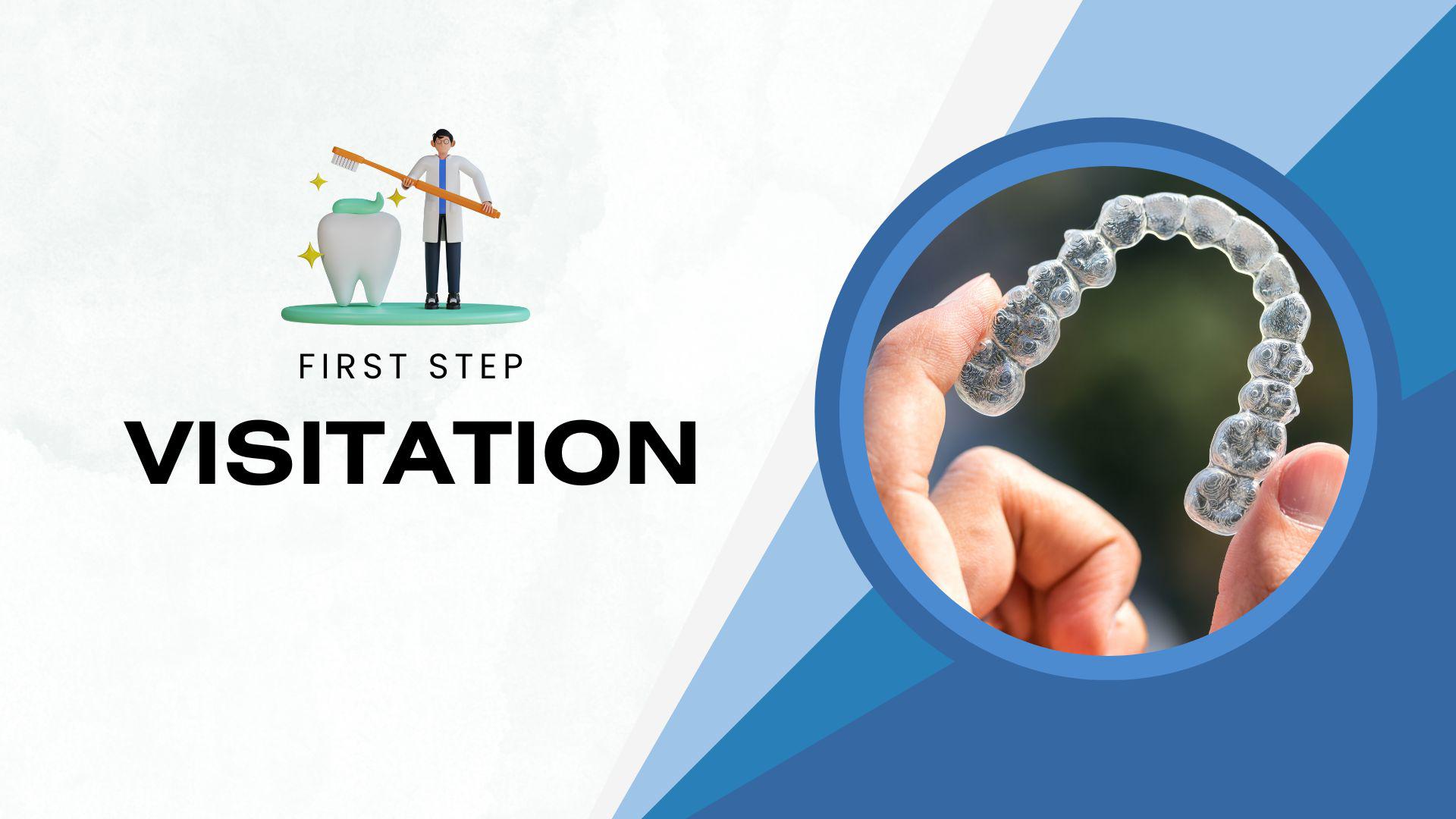
Creating Your Personalized Treatment Plan
Creating your personalized Invisalign treatment plan is akin to designing a tailor-made adventure.
This process utilizes advanced technology, including 3D imaging, to map out the unique journey your teeth will take toward alignment.
The orthodontist will consider factors like your current dental state, the extent of realignment needed, and your desired outcome.
Essential questions may include whether you have any specific smile goals, how soon you’d like to see results, and your comfort preferences.
The resulting plan is a bespoke blueprint for your orthodontic voyage, ensuring that Invisalign addresses your individual needs, making it the perfect fit for your smile’s transformation.
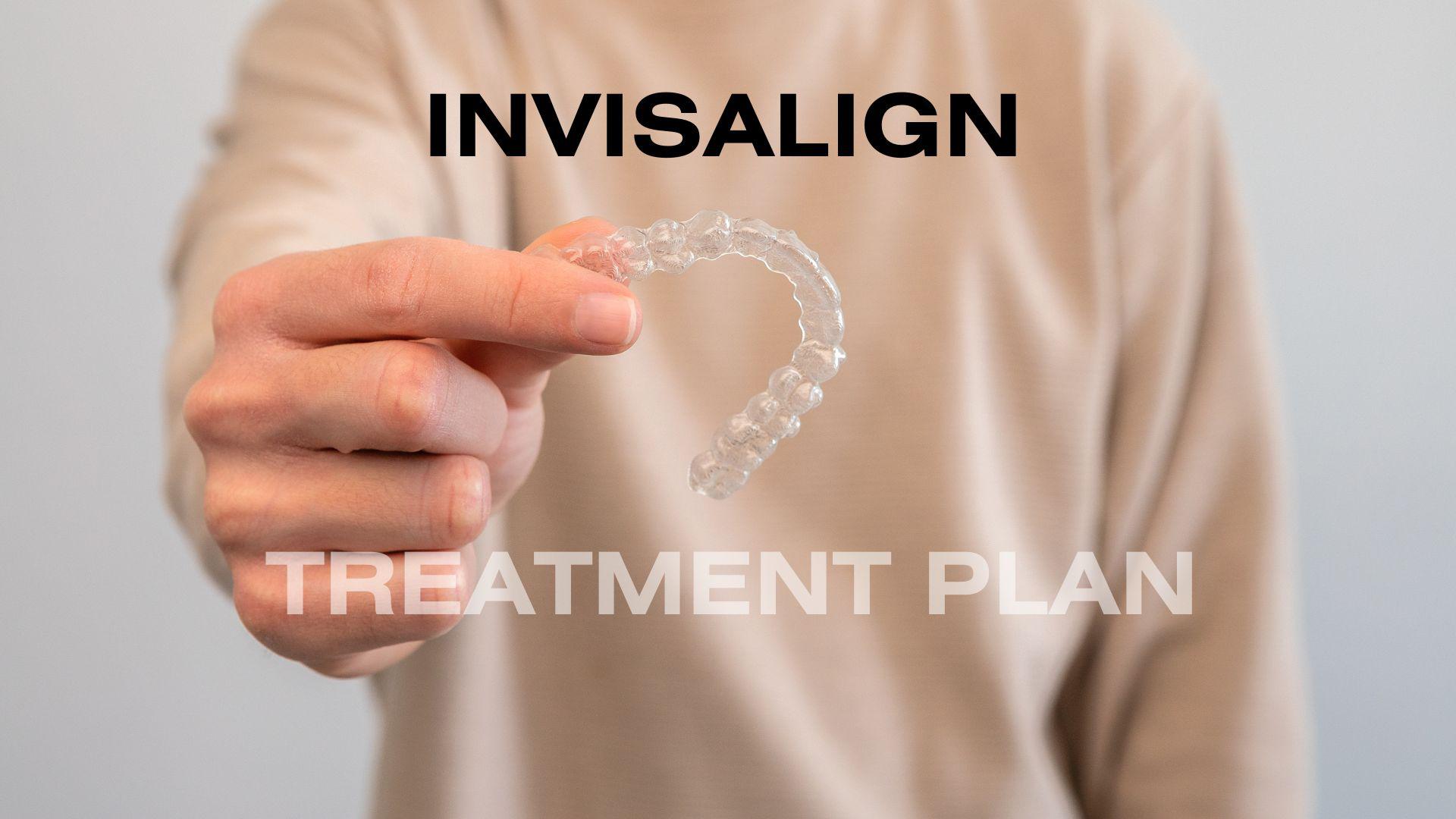
Wearing Invisalign Aligners
Once your plan is ready, you’ll receive a set of clear aligners, like the pages of a book in your smile’s story.
They’re transparent, almost invisible, so you can wear them with confidence.
They gently guide your teeth into alignment. You may experience a bit of tightness initially, but that’s a sign they’re doing their job.
Wearing Invisalign aligners is like putting on a set of clear, personalized retainers that work their magic on your teeth.
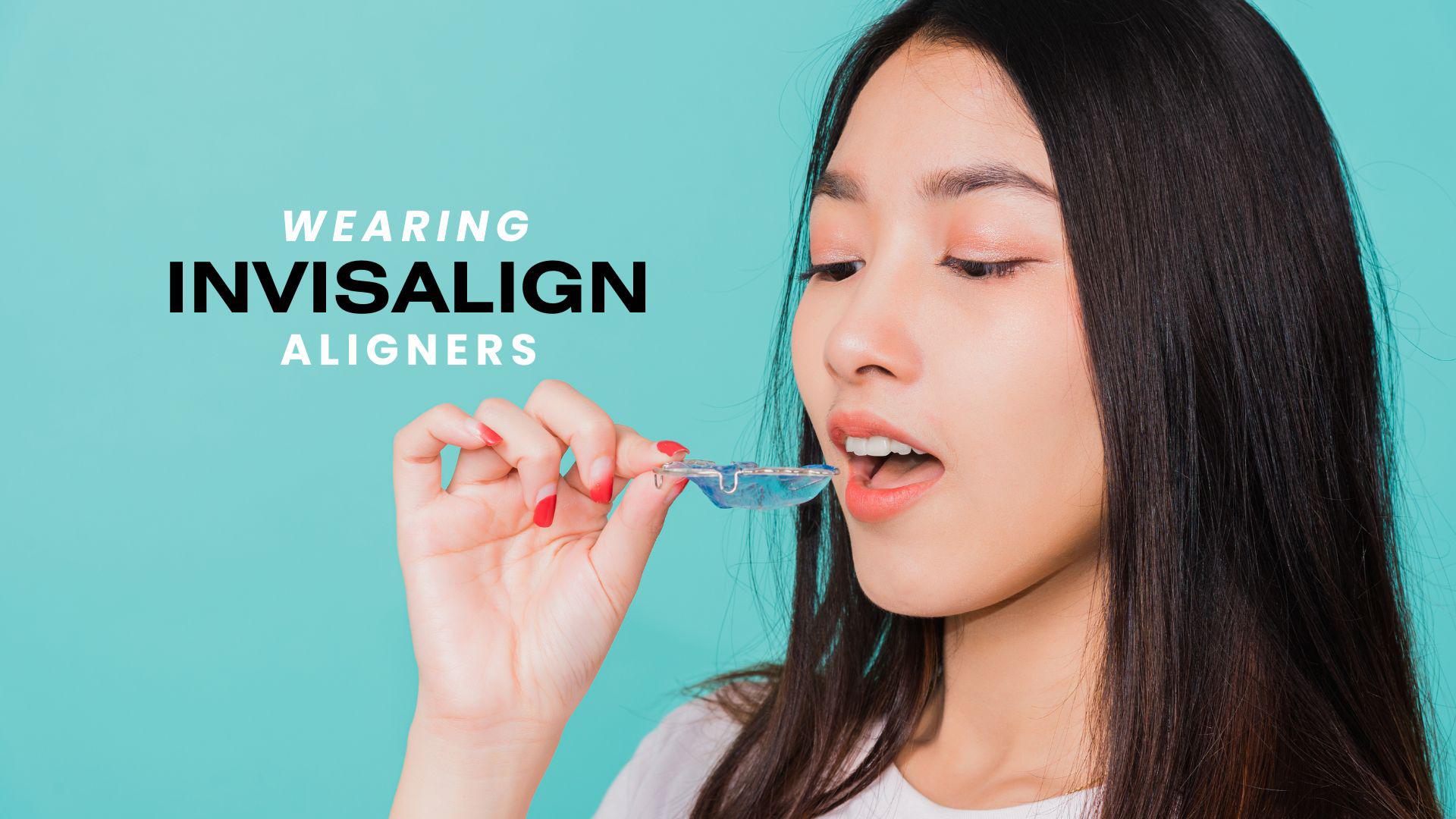
Here are some best practices and tips for a smooth experience:
- Wear Aligners Consistently: Aligners should be worn 20 – 22 hours a day for optimal results. Consistent wear ensures the aligners can work effectively and maintain your treatment timeline.
- Remove Conveniently: They can be easily removed when eating, drinking (except water), and during oral care routines.
- Maintain Oral Hygiene: Regularly brush and floss your teeth before reinserting aligners to prevent staining and maintain oral health.
- Clean Aligners: Rinse them with lukewarm water and use the Invisalign cleaning system or a soft toothbrush to keep them clear.
- Tray Progression: Follow your orthodontist’s instructions on changing aligners as per the treatment plan.
Pro Tip: You can easily manage Aligners in social situations, especially when dining out. Discreetly remove aligners before eating or drinking anything other than water. Store them in their protective case to prevent loss or damage.
After the meal, excuse yourself to clean your teeth and aligners before reinserting them.
Invisalign Treatment Progress
Invisalign isn’t a quick fix; it’s a steady journey. On average, it takes about 6 – 18 months, depending on your smile’s unique storyline.
Think of it like a gardening project; with patience, you’ll see the blooms of a beautiful smile.
Keep these factors in mind when undergoing this treatment:
- Patient-Centric Progress: Each treatment plan is tailored to your unique smile, ensuring optimal results.
- Gradual Transformation: Like a well-tended garden, Invisalign aligners gently guide your teeth into place, ensuring a stable and beautiful outcome.
- Patient Patience: Understanding the process requires time and commitment, as it’s a gradual transformation rather than an instant change.
- Adherence to Plan: Consistent wear and aligner changes as prescribed by your orthodontist are key to a successful treatment outcome.
- Regular Check-ins: Maintain regular check-ups with your orthodontist to monitor progress and make necessary adjustments along the way.
Invisalign vs. Traditional Braces: What’s the Difference?
Invisalign stands out from traditional braces for many reasons.
You can remove the aligners while eating, so no need to skip your favorite snacks. It’s convenient and comfortable.
Comparing Invisalign to traditional braces is essential when considering orthodontic treatment. The table below shows a side-by-side comparison:

| Aspect | Invisalign | Traditional Braces |
|---|---|---|
| Appearance | Virtually invisible with clear aligners | Noticeable metal brackets and wires |
| Comfort | Smooth and comfortable aligners | May cause irritation and sores |
| Dietary Freedom | Remove aligners while eating | Dietary restrictions with braces |
| Oral Hygiene | Easily removable for thorough cleaning | Requires special tools for cleaning |
| Treatment Duration | Usually 12-18 months on average | May take longer, often 18-36 months |
| Adjustment Visits | Fewer orthodontist visits needed | Frequent adjustments and check-ups |
| Effectiveness | Suitable for mild to moderate cases | Effective for all orthodontic issues |
While the cost might be similar, the freedom it offers is invaluable.
A certified Orthodontist in Canada may generally charge between C$8,000 and C$12,000 for Invisalign treatment, yet, over 91% of Invisalign users said it’s worth it, a testament to its effectiveness.
Use Case Examples for Invisalign Treatments
Invisalign treatments can benefit anyone: a professional, businessperson, or student.
Emma, a 16-year old student, who dreams of a confident smile without the self-consciousness of traditional braces.
Invisalign offers her a discreet solution that aligns her teeth without disrupting her daily life.
As an active teenager, she appreciates the ability to remove aligners for sports and social events, which isn’t possible with traditional braces.
Over 18 months, Emma’s smile transformed, boosting her self-esteem and positively impacting her social interactions.
Invisalign, with its comfortable and nearly invisible aligners, empowers young individuals like Emma to embrace orthodontic treatment with confidence.
Maintaining Oral Hygiene: Caring for Your Smile
While on your Invisalign journey, maintaining good oral hygiene is vital.
Keep your teeth clean, and take extra care with your aligners. Think of it as preserving a cherished souvenir from your trip.
Maintaining oral hygiene during Invisalign treatment is crucial for a healthy, successful smile transformation.
Here are some tips and best practices to keep in mind:
- Brushing: Brush your teeth after meals and snacks to prevent food particles from getting trapped in aligners.Use a soft-bristle toothbrush to avoid damaging the aligners. According to The State of Oral Care in Canada, 73% brush twice or more a day.
- Aligner Care: Clean your aligners daily with a gentle cleanser provided by Invisalign or a mild soap. Avoid hot water that can distort them. Rinse your aligners before putting them back in your mouth to maintain a fresh feeling.
- Flossing: Regular flossing is crucial; use floss threaders or an interdental brush to clean between teeth and under the aligners. 28% of Canadians floss 5 times a week.
- Avoid Staining: Remove aligners when drinking colored or sugary beverages to prevent staining. Don’t smoke while wearing aligners, as it can lead to discoloration.
- Regular Check-ups: Maintain your regular dental check-ups to ensure your teeth and gums remain healthy throughout the treatment.
FAQs: Your Questions Answered
While on your Invisalign journey, maintaining good oral hygiene is vital.
Keep your teeth clean, and take extra care with your aligners. Think of it as preserving a cherished souvenir from your trip.
Maintaining oral hygiene during Invisalign treatment is crucial for a healthy, successful smile transformation.
Here are some tips and best practices to keep in mind:
- Brushing: Brush your teeth after meals and snacks to prevent food particles from getting trapped in aligners.Use a soft-bristle toothbrush to avoid damaging the aligners. According to The State of Oral Care in Canada, 73% brush twice or more a day.
- Aligner Care: Clean your aligners daily with a gentle cleanser provided by Invisalign or a mild soap. Avoid hot water that can distort them. Rinse your aligners before putting them back in your mouth to maintain a fresh feeling.
- Flossing: Regular flossing is crucial; use floss threaders or an interdental brush to clean between teeth and under the aligners. 28% of Canadians floss 5 times a week.
- Avoid Staining: Remove aligners when drinking colored or sugary beverages to prevent staining. Don’t smoke while wearing aligners, as it can lead to discoloration.
- Regular Check-ups: Maintain your regular dental check-ups to ensure your teeth and gums remain healthy throughout the treatment.
Conclusion
Invisalign is more than a cosmetic enhancement; it’s a confidence booster.
Fear gives way to hope, and with every aligner change, you inch closer to the mirror with a smile you never thought possible.
Remember, it’s a journey, not a sprint. Invisalign’s power lies in your hands, your consistent wear, and your belief in the transformation.
So, embrace this journey, and soon, you’ll be grinning, knowing that you conquered the path to a radiant, confident smile.

